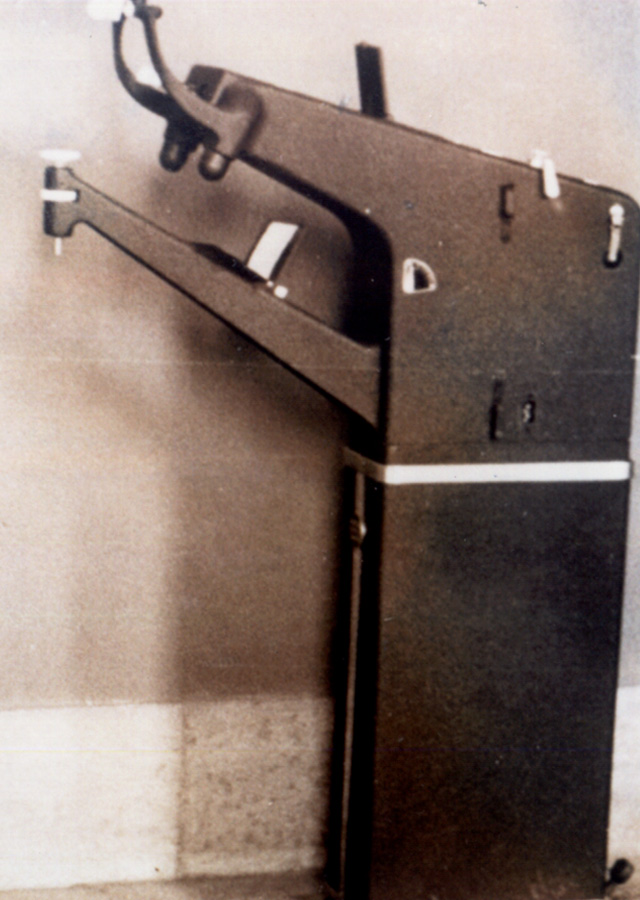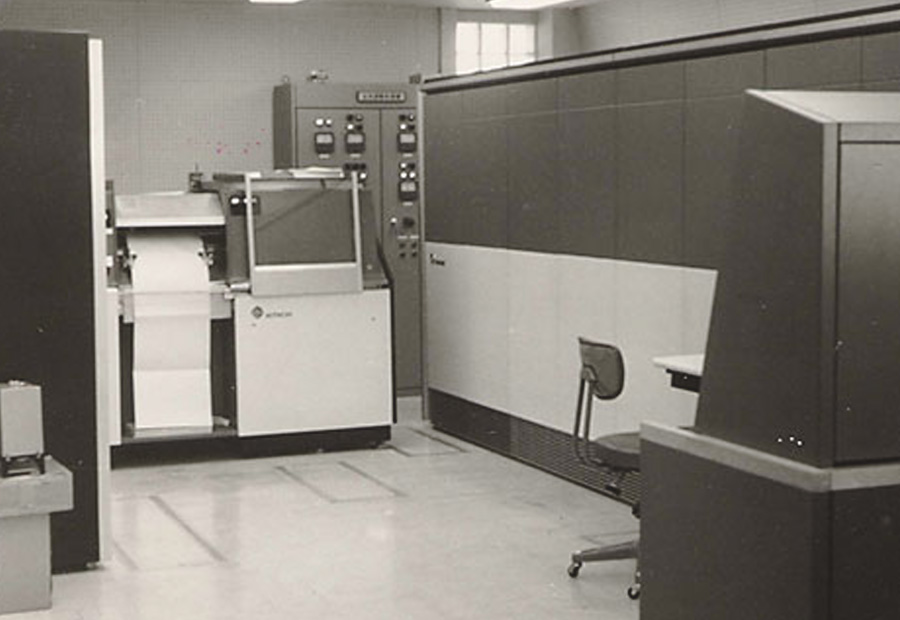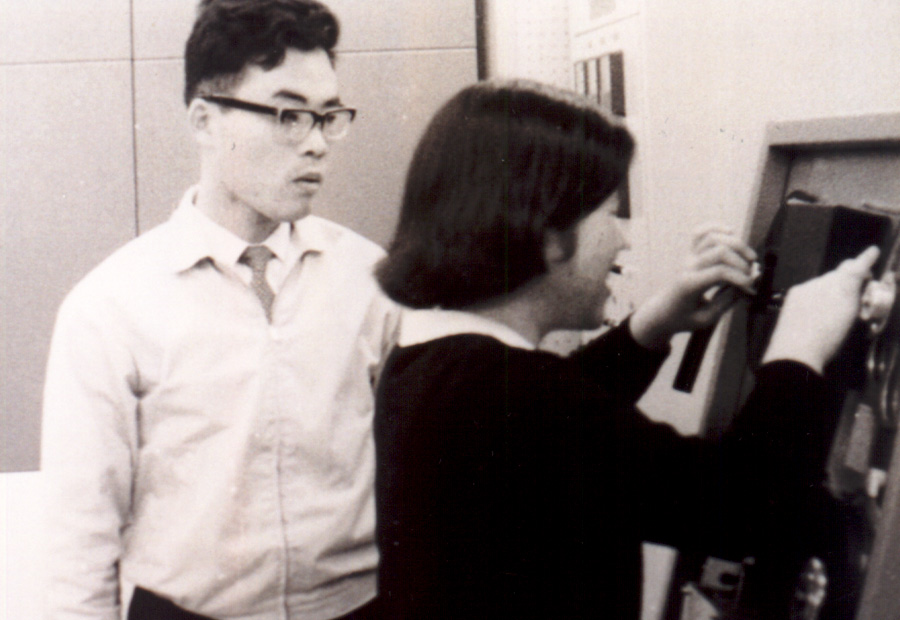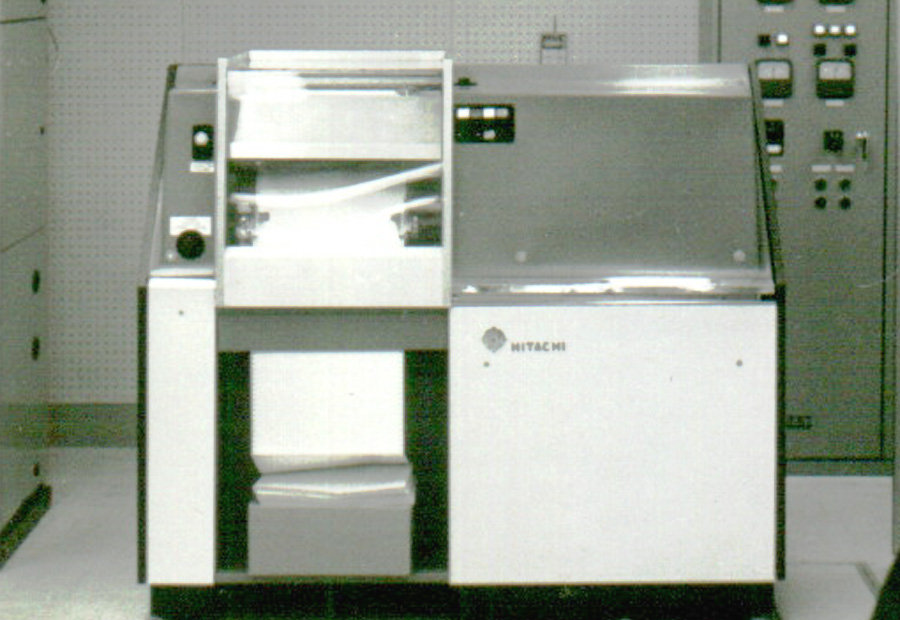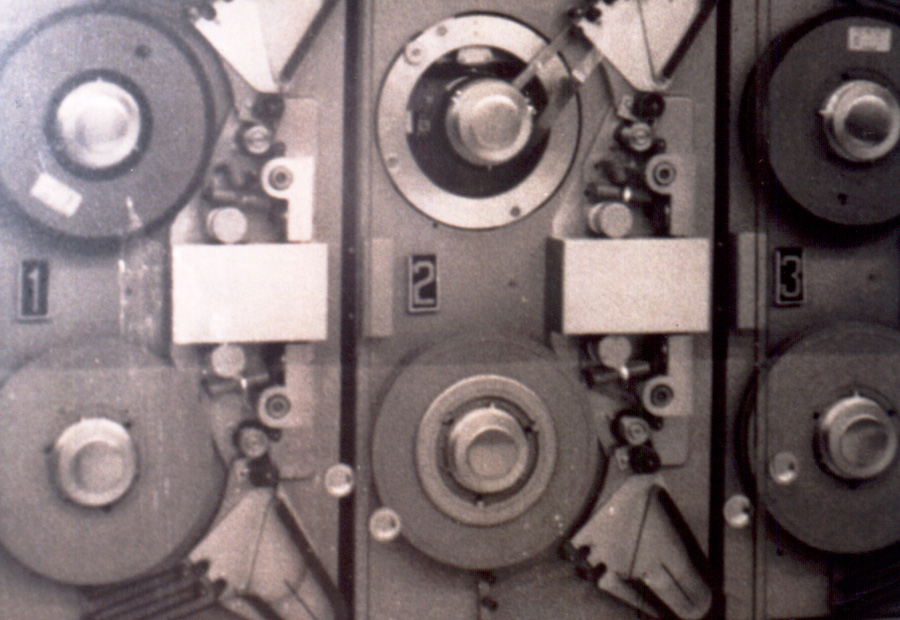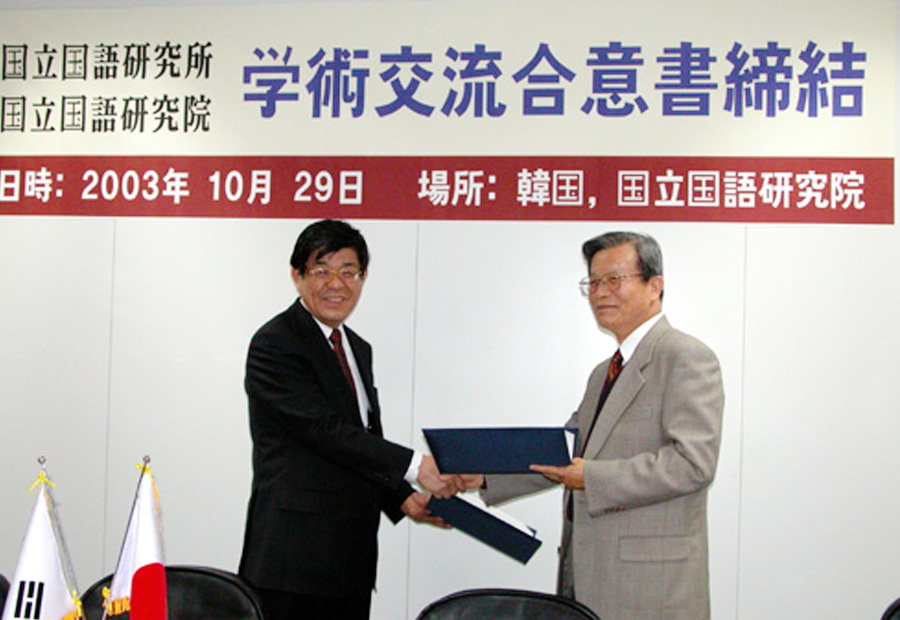3.Beginning the new research program
Measures for the current Kokugo Kokuji Mondai: "Language life" as a keyword
At the time (1948), studies on modern Japanese were not very common in Japanese language departments at universities. In contrast, the goal of the National Language Research Institute (the current National Institute for Japanese Language and Linguistics) was to deal with the living Japanese language.
The first keyword at the Institute for such new Japanese language studies was "language life." It expresses the idea of not only studying the language as a language, but also looking at the forms and functions of the language as it is used in daily life. The expression "language life" already existed, but it was the first Director-General, Minoru Nishio, who took it up as a particularly important research theme. Research from this viewpoint later developed into the field called "sociolinguistics."
In 1951 (Showa 26), the monthly publication of "Gengo Seikatsu (Language Life)" began under the editorship of the Institute (published by Chikumashobo; suspended in 1988 (Showa 63)). This publication reflects our firm dedication to the viewpoint of "language life" from early on and our commitment to delivering results that deepen our understanding.
Collaborative research system in the humanities
To investigate the modern language scientifically, the scope of research had to be broadened. To accomplish this, it was necessary to organize a collaborative research system. The basis for this idea was the realization that conventional Japanese language studies had not been able to conduct a wide enough range of research on the modern language because they were conducted on an individual basis.
This collaborative research system is an important feature of the Institute, making it possible to carry out large-scale research projects that would be difficult for individual researchers to do alone.

Research Team at Shirakawa, Fukushima Prefecture in 1949 (Showa 24)

First meeting of Local Investigators Forum
The collaborative research system was promoted not only by organizing a team of staff members at the Institute, but also through a unique "Local Investigators System," which assigned one investigator to each prefecture to investigate and report on a common theme. This system helped immensely, especially in the work for creating the "Nihon Gengo Chizu (Japanese Linguistic Atlas)."
Varied approaches
Another characteristic of the Institute is that, from the start, it actively adopted the viewpoints, methods, and techniques of various academic fields, thereby fostering multifaceted linguistic analysis.

From "Hachijo-jima No Gengo Chosa (Research on the Language of Hachijo-jima Island)"
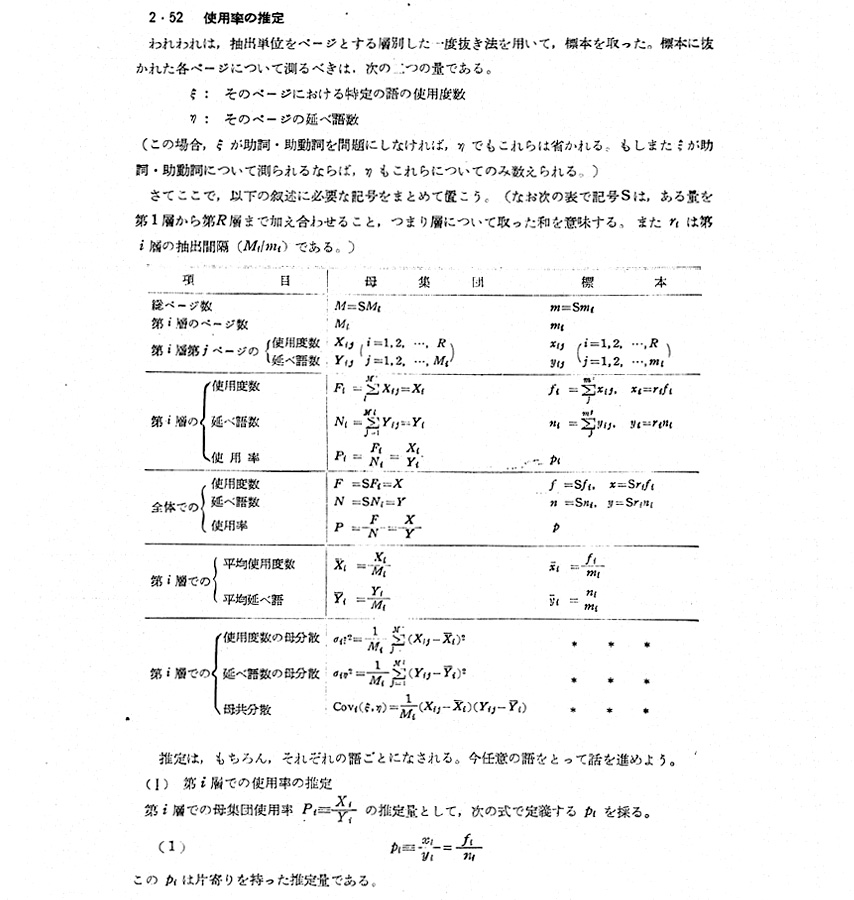
From "Gendaigo No Goi Chosa: Fujinzasshi No Yogo (Research on the Vocabulary of the Modern Language: Vocabulary in Women's Magazines)"
This is a machine which tracks eye movements to study the readability of texts.
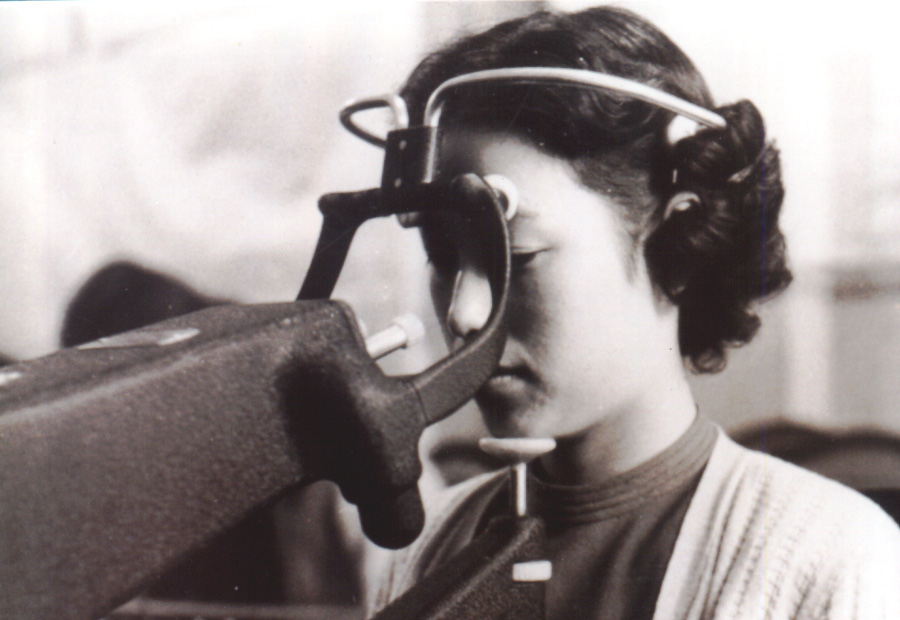
Machine for tracking eye movements "Ophthalmograph"
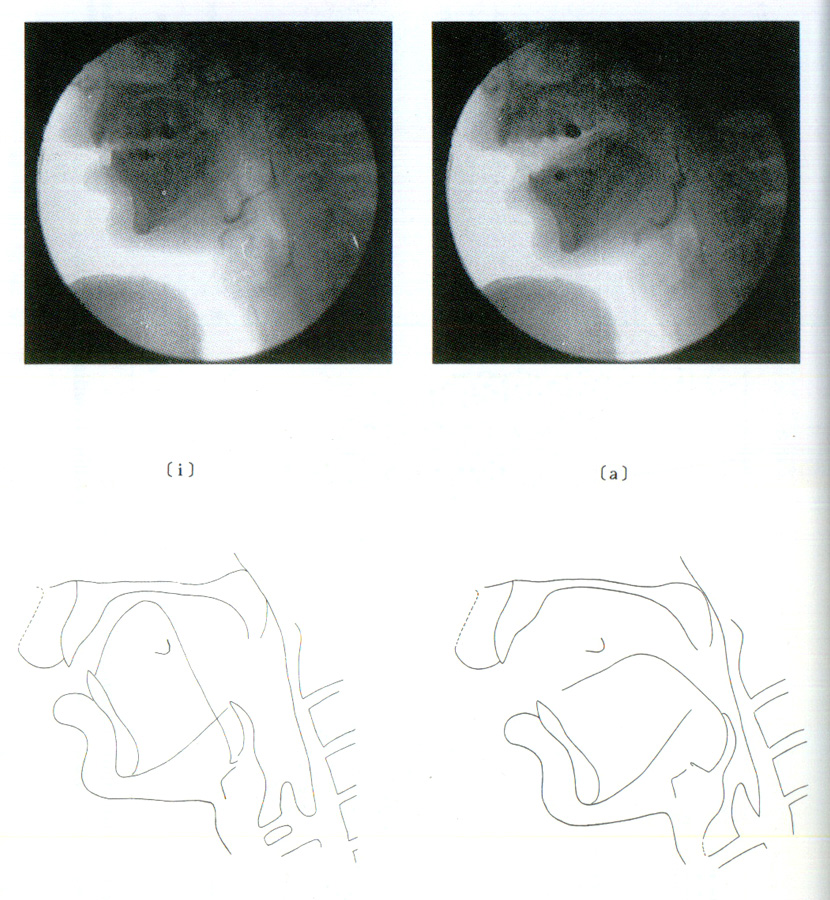
X-ray tracing
This is an X-ray photograph used to investigate the movements in the mouth and throat during speech production.
One of the most important efforts has been the introduction of computers. The Institute was the first organization to use computers to handle Kanji and achieve results.
Because the Institute works on language, it is a common perception that its research fits into the traditional humanities. In fact, however, the Institute has pushed hard from the start to incorporate advanced scientific and technological methods into language studies.
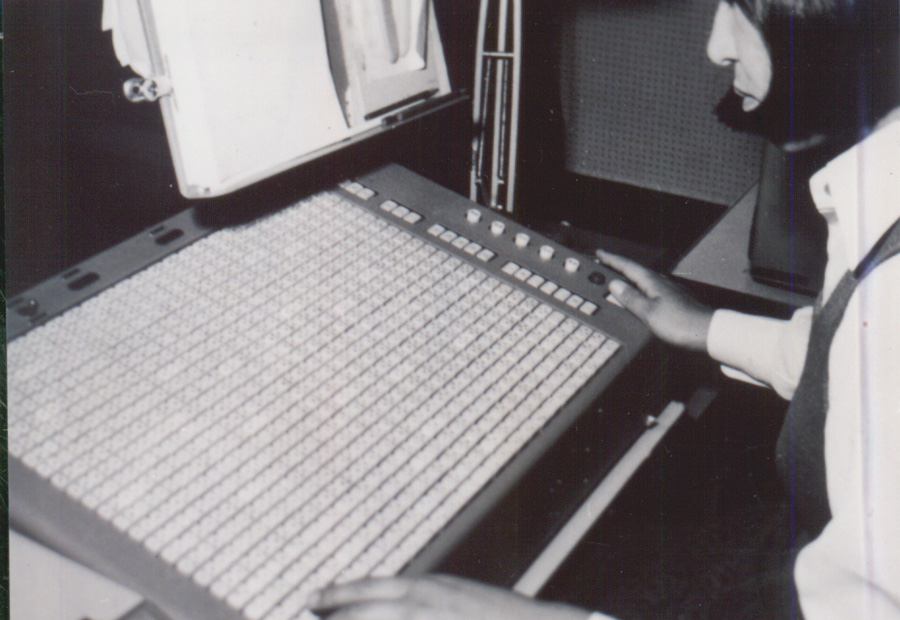
Kanji teletypewriter input keyboard
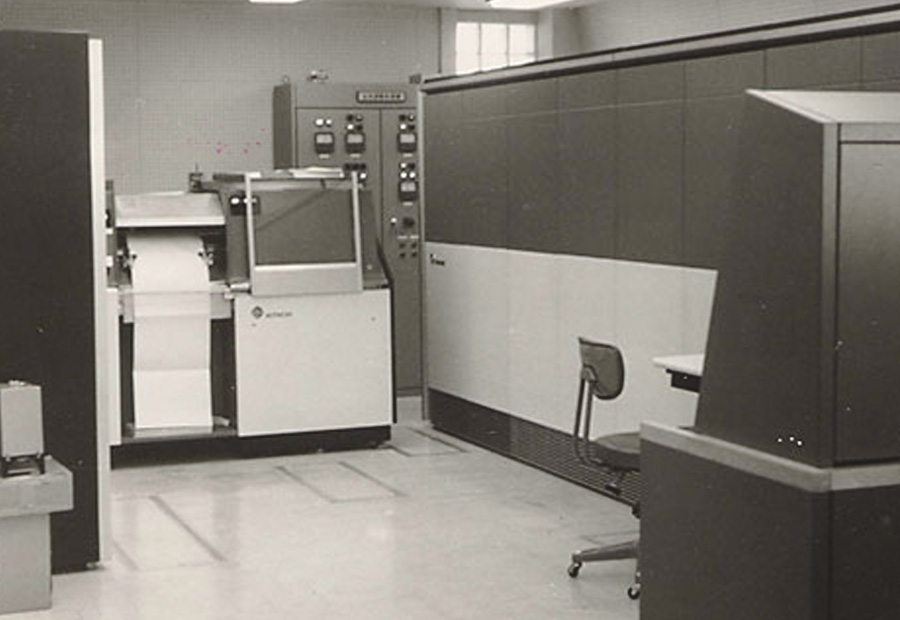
First computer HITAC3010
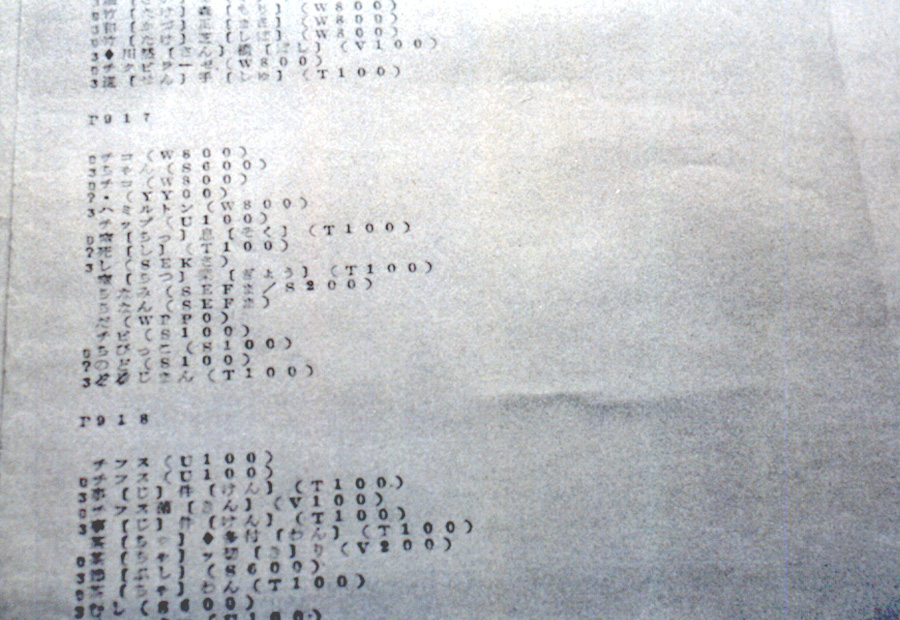
Data printed out for proofreading
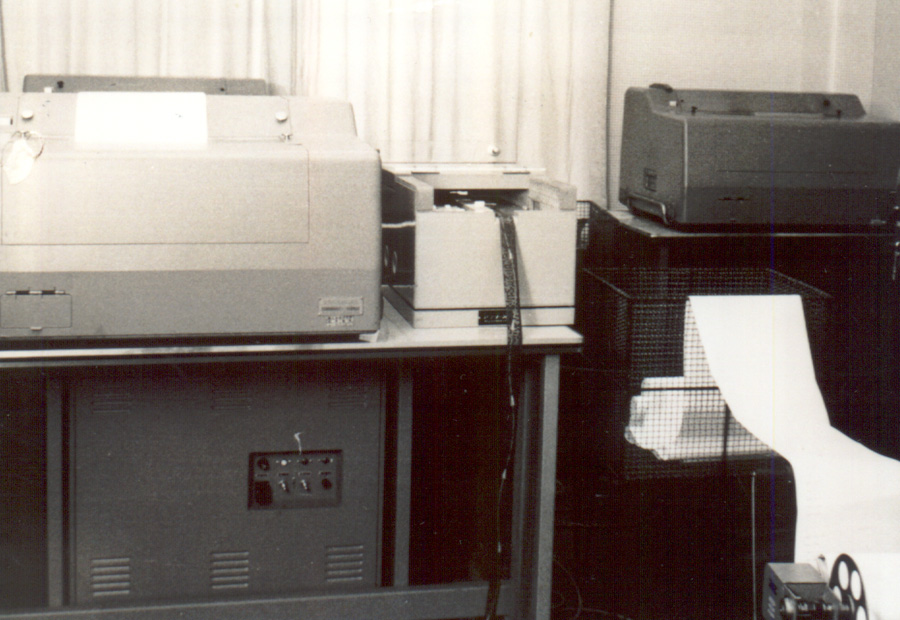
Printing equipment attached to Kanji teletypewriter
In 1966, the first computer (a HITAC 3010) was installed. (Former computer room in the Nishigaoka building)
The Institute has also devoted considerable energy to international exchanges in recent years. By establishing a system for inviting overseas researchers and holding international symposiums every year since 1994 (Heisei 6), the Institute has developed research activities with a wider international perspective.
It has also built close relationships with several institutions overseas by signing agreements on academic exchanges with the Beijing Center for Japanese Studies, East China Normal University (China), and the National Institute of the Korean Language (South Korea).








